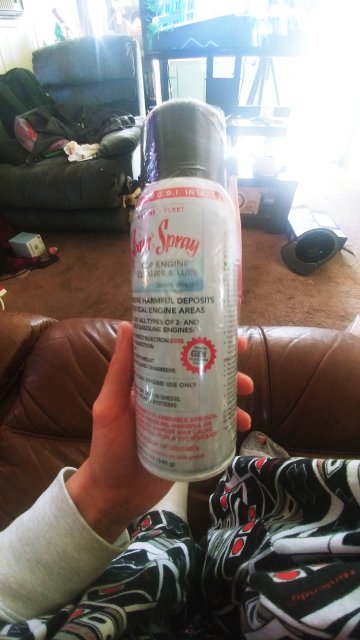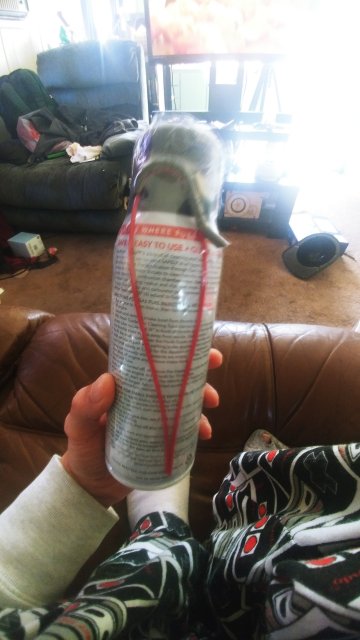I'm sure y'all are sick of seeing posts like this. I did try to search this specific forum but the search function is bad. I search Seafoam and it pulled up posts about LSDs.
Anyway, as I've read and I'm sure y'all have read, the general consensus is that using an intake valve cleaner, specifically Seafoam or CRC will, (somehow according to a random Ford tech on YouTube) cause the turbo to either overheat or get destroyed by giant chunks of carbon.
Those posts generally were also years old from back when the video that has been linked a million times was originally posted.
I'm not necessarily sold on that theory, but this IS my first GDI engine so I could just be wrong.
Anyway, I'm curious if anyone here has actually had turbo failure they can absolutely relate to running Seafoam Spray or CRC Cleaner through their throttle body.
My FiST has 64k miles, and it runs good, but I do want to do this cleaning. I don't have the time to pull my intake, and I don't necessarily want to pay a garage $500++ to have it done.
I figure the best bet is to ask here if anyone has actually experienced intake valve cleaning sprays causing turbo failure, and simultaneously asking those who have done it what their experience was. Seafoam and CRC of course say it is fine, their product dissolves buildup and doesn't chunk it off, and they say their testing doesn't show adverse EGTs, but they are also sales people marketing a product. I also don't necessarily believe a man on YouTube.
This is something I only potentially plan on doing once every 10k miles or so, which for me is every few years, and it's more of a preventative thing as opposed to a fix. And yes, I do plan on installing a catch can at some point, just for peace of mind.
Anyway, as I've read and I'm sure y'all have read, the general consensus is that using an intake valve cleaner, specifically Seafoam or CRC will, (somehow according to a random Ford tech on YouTube) cause the turbo to either overheat or get destroyed by giant chunks of carbon.
Those posts generally were also years old from back when the video that has been linked a million times was originally posted.
I'm not necessarily sold on that theory, but this IS my first GDI engine so I could just be wrong.
Anyway, I'm curious if anyone here has actually had turbo failure they can absolutely relate to running Seafoam Spray or CRC Cleaner through their throttle body.
My FiST has 64k miles, and it runs good, but I do want to do this cleaning. I don't have the time to pull my intake, and I don't necessarily want to pay a garage $500++ to have it done.
I figure the best bet is to ask here if anyone has actually experienced intake valve cleaning sprays causing turbo failure, and simultaneously asking those who have done it what their experience was. Seafoam and CRC of course say it is fine, their product dissolves buildup and doesn't chunk it off, and they say their testing doesn't show adverse EGTs, but they are also sales people marketing a product. I also don't necessarily believe a man on YouTube.
This is something I only potentially plan on doing once every 10k miles or so, which for me is every few years, and it's more of a preventative thing as opposed to a fix. And yes, I do plan on installing a catch can at some point, just for peace of mind.


